#Sir Angus Ogilvy
Text

12 notes
·
View notes
Text
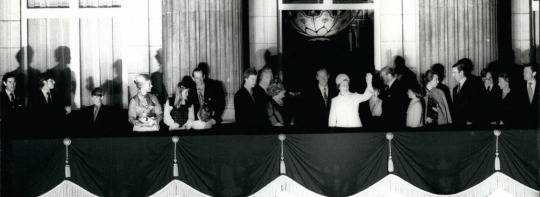
1977
The Queen's Silver Jubilee celebrations: Queen Elizabeth II and Prince Philip with other members of the royal family on the balcony, celebrating 25 years of her reign.
#queen elizabeth ii#prince philip#duke of edinburgh#princess anne#princess royal#king charles iii#prince edward duke of edinburgh#prince andrew duke of york#prince richard duke of gloucester#birgitte duchess of gloucester#katharine duchess of kent#lady helen taylor#george windsor#prince edward duke of kent#queen mother#lady sarah chatto#sir angus ogilvy#mark phillips#queue
34 notes
·
View notes
Text


Princess Anne walking with Peter & Zara ☺️
Equerry Tim talking to Sir Angus Ogilvy 🧐
Royal Christmas Service 1987 @ Windsor
91 notes
·
View notes
Text
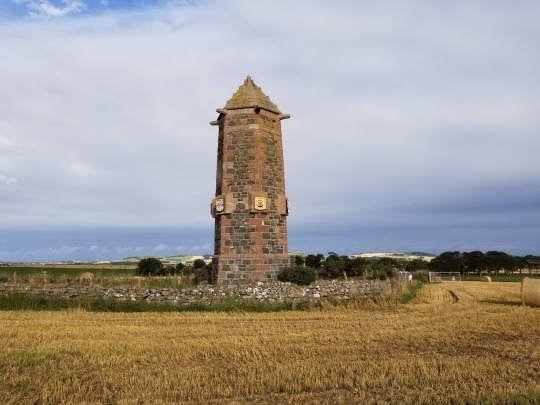
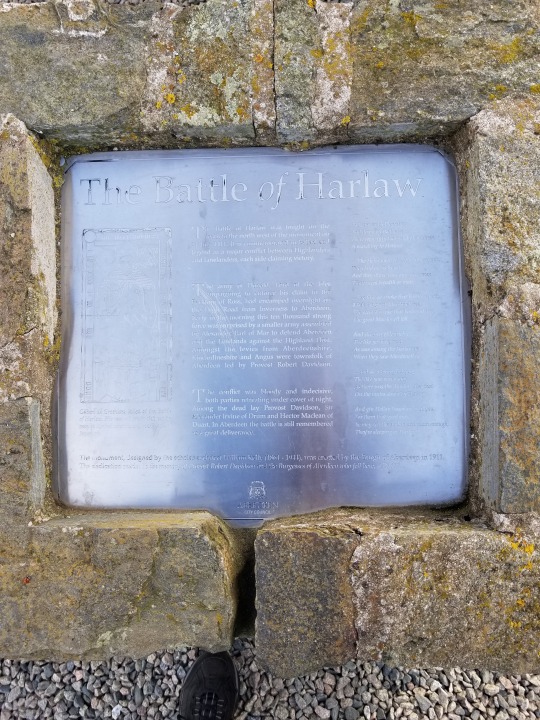

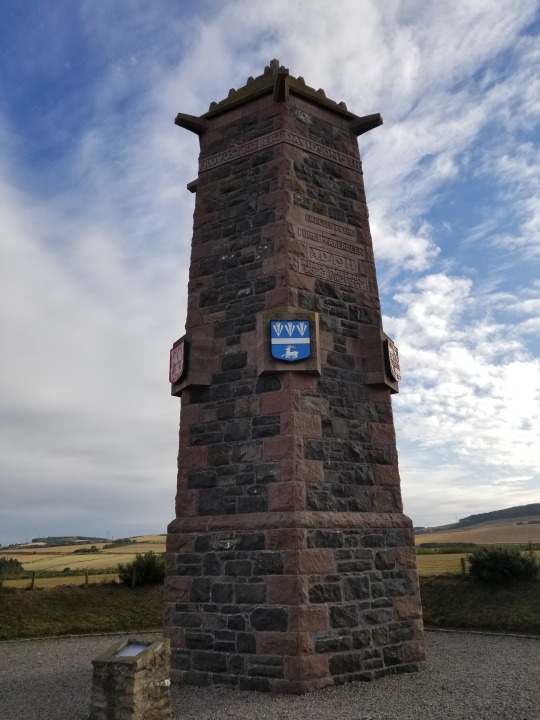
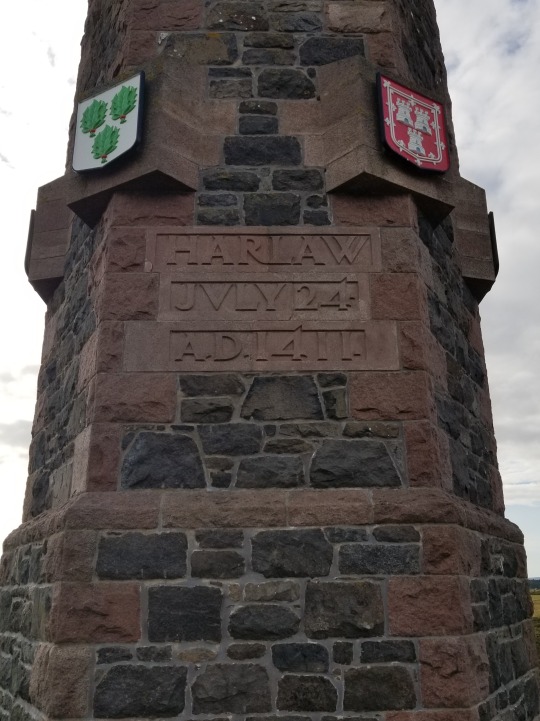
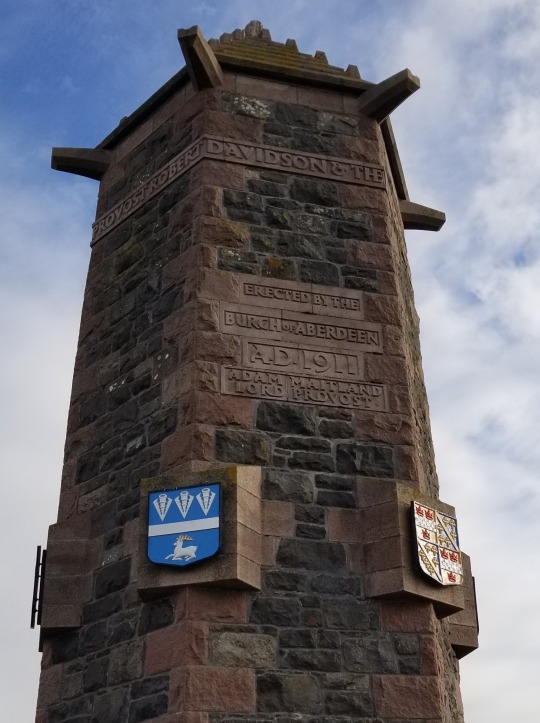
24th July 1411 saw the Battle of Harlaw, near Inverurie.
Get this "biggie" out of the way first, it is also known as "Reid Harlaw" (Red Harlaw)
Is it okay to have a favourite battle? Well maybe not the event itself, it was a bloody affair by all accounts, and sadly an all Scottish affair, classified as a clan battle,part of a feud between the Clan Donald and the Stewart royal family the reason I like it is more to do with the song and the monument to those that fell.
In 1411 Lord Donald of the Isles and his army marched across the north east of Scotland. Two miles north west of Inverurie the Highlanders met a Lowland army to resolve competing claims to the Earldom of Ross. The battle was inconclusive, but the Highlanders withdrew.
The battle has become shrouded in myth and mystery and means different things to different people. From the time of the battle onwards it has cast a large shadow. Writing only a generation later, John Major recorded that school children in Aberdeen played out the battle during play time. The first ballads to record and commemorate the battle date from 1548. Ballads, songs and stories continued to be written concerning the battle over the centuries and have embellished, exaggerated and distorted the reality of Harlaw, which makes it great for those looking into as so many differing accounts have been written.
The immediate cause of the battle was a struggle for power between Donald, Lord of the Isles and the Earl of Mar, Alexander Stewart over possession of the Earldom of Ross. However, the roots of the battle are feudal and relate to an ongoing power struggle in the country at the time. On the one hand were Donald, Lord of the Isles and a number of clans. On the other hand were elements of the Stewart family, particularly those known as the Albany Stewarts.
The battle itself took place where Donald chose to camp, near Harlaw, two miles north of Inverurie. Harlaw has been described as a town, but it was more likely to be a 'fermtoun'. Typically these comprised several families and a number of houses.
Donald's forces chose a strong defensive position in this predominantly farming country they stopped on a plateau, which was surrounded by wet land to the east and west. Mar broke camp and crossed the River Urie. Mar split his men into two divisions and the vanguard was led by the sheriff of Angus and constable of Dundee leading the Angus and Mearns men.
Donald's forces were rallied by a battle song, which also shows that Donald's forces were in three divisions. Red Hector of the Battles, Hector Roy Maclean of Duart, was Donald's overall general, leading the forces on the right wing, at the head of his clan. The left wing was led by Callum Beg, chief of the MacIntoshes, whilst Donald commanded the central battle force. Mar's vanguard was lead by Scrymgeour and Sir Alexander Ogilvy, sheriff of Angus. The vanguards clashed probably near to where the present day monument stands.
The battle was probably entirely fought on foot. The wealthier lairds and knights may have worn plate armour. Chiefs on the Donald side may well have worn mail with a conical helmet and jupon, a jacket or tunic worn over or under armour. The main body of the men, on both sides, would have been armed with lances, spears, axes and swords and would not have worn armour, or anything that would have weighed them down.
Donald's forces chose a strong defensive position in this predominantly farming country they stopped on a plateau, which was surrounded by wet land to the east and west. Mar broke camp and crossed the River Urie. Mar split his men into two divisions and the vanguard was led by the sheriff of Angus and constable of Dundee leading the Angus and Mearns men.
Donald's forces were rallied by a battle song, which also shows that Donald's forces were in three divisions. Red Hector of the Battles, Hector Roy Maclean of Duart, was Donald's overall general, leading the forces on the right wing, at the head of his clan. The left wing was led by Callum Beg, chief of the MacIntoshes, whilst Donald commanded the central battle force. Mar's vanguard was lead by Scrymgeour and Sir Alexander Ogilvy, sheriff of Angus. The vanguards clashed probably near to where the present day monument stands.
The battle was probably entirely fought on foot. The wealthier lairds and knights may have worn plate armour. Chiefs on the Donald side may well have worn mail with a conical helmet and jupon, a jacket or tunic worn over or under armour. The main body of the men, on both sides, would have been armed with lances, spears, axes and swords and would not have worn armour, or anything that would have weighed them down. I don’t normally go into the apparel, but this relates to the video in the song, which will become apparent if you watch it.
In the immediate aftermath of the battle both sides claimed victory but in reality it had been a bloody and costly engagement for both sides. Nevertheless, Alexander Stewart's actions had saved Aberdeen and checked Donald of Islay's attempts to expand his influence eastwards. Alexander later went on to defeat Donald of Islay's son, also called Alexander, at the Battle of Lochaber (1429). However, two years later Alexander Stewart was defeated at the first Battle of Inverlochy in 1431.
The Battle of Harlaw is often mentioned as the biggest clan battle in Scottish history, and it demonstrated the tensions that were part of the political intrigue in the country at the time.
The Monument which stands on the approximate site of the battle was designed by Aberdeen architect William Kelly It was commissioned and paid for by the Corporation of the City of Aberdeen and built by John Smith of Inverurie at the cost of £325 and inaugurated in 1914 .
The coats of arms are a more recent addition and are those of Alexander Stewart Earl of Mar, The City of Aberdeen, Lord of the Isles, Clans, Davidson, MacLean of Duart, and Irvine of Drum.
youtube
The Battle of Harlaw by Old Blind Dogs.
As I cam in by Dunidier,
And down by wetherha
There were fifty thousand Heilanmem
A marching to Harlaw.
… The Heilanmem William their long swords,
They laid on us fu sair;
And they drave back our merrymen
Three acres breadth or mair.
… The first ae stroke that Forbes struck,
Made the great Macdonell reel;
The second stroke that Forbes struck,
The great Macdonell fell.
And siccan a pilleurichie,
The like ye never saw,
As was amang the Heilanmen
When they saw Macdonell fa.
… And sic a weary burying,
The like you never saw,
As there was the Sunday after that
On the muirs down by Harlaw
And gin Heilan lasses speer at you,
For them that gaed awa,
Ye may tell them plain and plain enough
They're sleeping at Harlaw!
11 notes
·
View notes
Text
Court Circular | 15th November 2023
Buckingham Palace
The King and Queen were present at the Service of Thanksgiving for the late Earl of Airlie KT (Lord Chamberlain to The late Queen Elizabeth II) which was held in the Chapel of the Royal Hospital Chelsea, London SW3, this afternoon.
The Prince of Wales was represented by Miss Helen Asprey.
The Duke and Duchess of Edinburgh were represented by Mrs Angus Galletley.
The Princess Royal was represented by Vice Admiral Sir Tim Laurence.
The Duke of Kent was represented by Earl of St Andrews.
Princess Alexandra, the Hon Lady Ogilvy was represented by Mr James Ogilvy and Miss Marina Ogilvy.
The Duke and Duchess of Gloucester were present at the Service of Thanksgiving for the late Earl of Airlie KT which was held in the Chapel of the Royal Hospital Chelsea, London SW3, this afternoon.
St James’s Palace
The Princess Royal this morning visited BAE Systems Submarines’ Submarine Academy and the University of Cumbria Campus, Barrow-in-Furness, and was received by His Majesty’s Lord-Lieutenant of Cumbria (Mr Alexander Scott).
Her Royal Highness this afternoon visited the Nuclear Decommissioning Authority, Marine Terminal, Cavendish Dock Road, Barrow-in-Furness.
The Princess Royal, Patron, the National Association of Citizens Advice Bureaux, afterwards visited Barrow-in-Furness Citizens Advice Bureau to mark the reopening of Ramsden Hall in Abbey Road, Barrow-in-Furness.
Her Royal Highness, Patron, Liverpool School of Tropical Medicine, this evening attended a Dinner at St George’s Hall, St George’s Place, Liverpool, to mark its One Hundred and Twenty Fifth Anniversary and was received by His Majesty’s Lord-Lieutenant of Merseyside (Mr Mark Blundell).
#the earl of airlie was princess alexandras brother in law#angus ogilvys older brother#i’m heartbroken that alexandra didn’t make it to the service 🥲#princess anne#princess royal#tim laurence#timothy laurence#king charles iii#queen camilla#prince richard duke of gloucester#birgitte duchess of gloucester#court circular
12 notes
·
View notes
Text
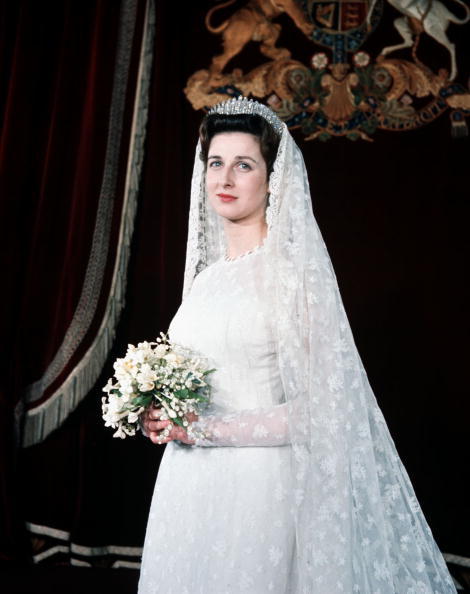
✵ April 24, 1963✵
Princess Alexandra of Kent & Sir Angus Ogilvy
11 notes
·
View notes
Photo
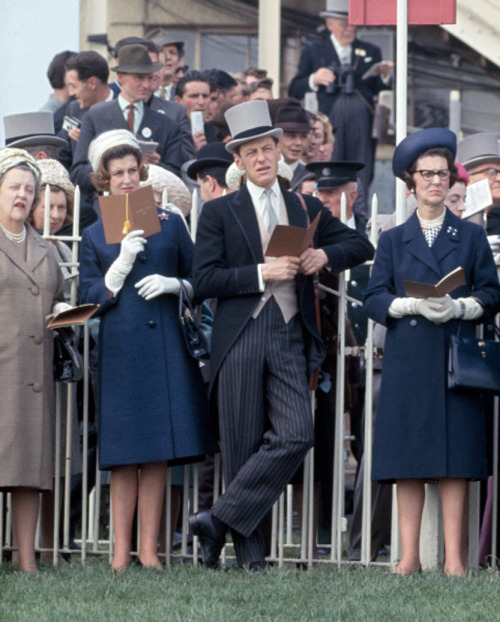
HRH Princess Marina, Duchess of Kent with HRH Princess Alexandra of Kent and Hon Sir Angus Ogilvy at the Derby.
35 notes
·
View notes
Photo



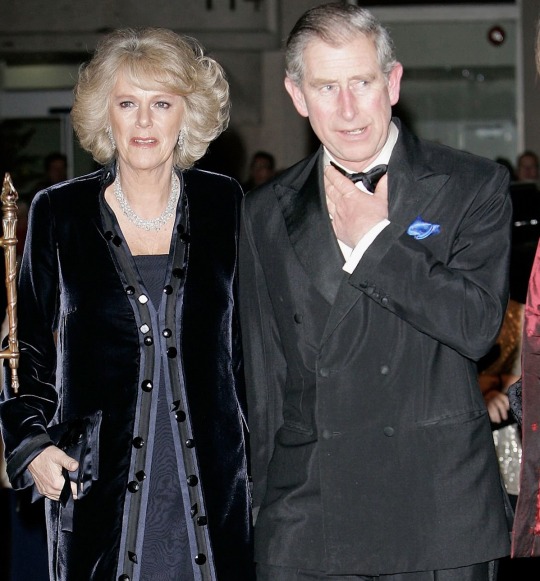



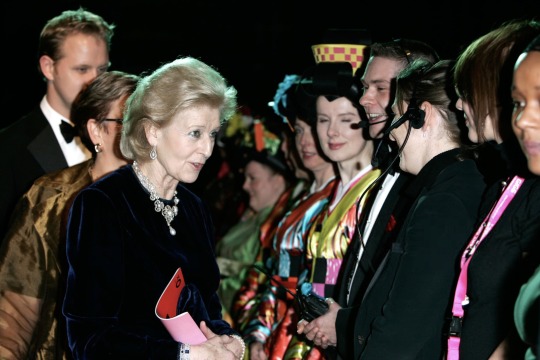
Princess Alexandra joined the Prince of Wales and Duchess of Cornwall for a Gala Performance of ‘Madame Butterfly’ by the English National Opera at the Coliseum Opera House in London #OnThisDay in 2005, in memory of the Princess’ late husband, Sir Angus Ogilvy: https://royalwatcherblog.com/2022/12/16/royal-family-at-gala-performance-of-madame-butterfly-2005/
0 notes
Photo

1963 wedding of Sir Angus Ogilvy and HRH Princess Alexandra of Kent.
#princess alexandra of kent#sir angus ogilvy#lady ogilvy#kent#1963#1960s#wedding#royal wedding#brf#british royal family
170 notes
·
View notes
Text

Infanta Beatrice, Duchess of Galliera, Princess Alexandra, The Honourable Lady Ogilvy, Sir Angus Ogilvy and Infante Alfonso, Duke of Galliera during a visit to Madrid Botanic Garden, 1960s.
Sorry for the blurry photo!
Source: Spanish Newspaper ABC.
#infanta beatrice duchess of galliera#infante alfonso duke of galliera#princess alexandra of kent#angus ogilvy#sir angus ogilvy#1960s#british royal fandom#british royal family
21 notes
·
View notes
Photo

The Hon. Angus Ogilvy and Princess Alexandra on their honeymoon, 1963
#royalty#royal family#british royal family#princess alexandra#1960s#sir angus ogilvy#british royalty#1963#royal honeymoon
59 notes
·
View notes
Text

2003
A portrait of HRH Princess Alexandra and husband Sir Angus Ogilvy
© John Swannell
91 notes
·
View notes
Photo

“People argue about who the most attractive man of the BRF has been when it’s obviously Angus Ogilvy. In his prime, he was an absolute stud. Princess Alexandra was one lucky lady ;)” - Submitted by Anonymous
37 notes
·
View notes
Text



John Graham, 1st Viscount of Dundee was born on July 21st July 1648 at Glen Ogilvie, near Glamis, Angus.
The eldest son of Sir William Graham, John Graham belonged to a family which was descended from King Robert III and had acquired the estate of Claverhouse near Dundee.Graham was a distant relative of James Graham, 1st Marquess of Montrose. He was educated at St Andrews University and served King Louis XIV with other Scots in France and Holland. He distinguished himself in 1674 at the battle of Seneffe, where he is said to have saved the life of the Prince of Orange.
Graham was sent as a cavalry leader to Scotland in 1678, with orders to enforce conformity to the established church. His reputation for relentless repression of the Covenanters in Dumfries and Galloway unfairly earned him the nickname of “Bluidy Clavers”. But in fact he urged moderation, believing that severe punishment would alienate rather than convert.
In 1679 the Covenanters defeated him at the Battle of Drumclog but he defended Glasgow against them and fought at Bothwell Brig.
Surprisingly, he married a daughter of a fiercely Covenanting family in 1674 and that damaged his career for a spell. But in 1688 he was created Viscount Dundee by James II while with the Scots army in England.
In 1689, after the overthrow of King James VII by William of Orange, he became an ardent supporter of the Stuart cause. At one point he scaled the rock face of Edinburgh Castle to confer with the Duke of Gordon, who was holding the fortress for King James.
Viscount Dundee then raised his standard on Dundee Law in support of the Jacobite cause (leaving his wife and newly born son on the family estate at Glen Ogilvy). For four months he marched 800 miles with the Highland veteran Lochiel, trying to rally support and hoping that King James would come over from Ireland.
He was mortally wounded during this most famous victory at The Battle of Killiecrankie, in 1689 and was taken a few miles to St Bride’s Kirk in the grounds of Blair Castle where he died. He is buried in a vault beneath the kirk, more on this on Saturday.
The use of “Bonnie Dundee” as an epithet for Graham dates from Sir Walter Scott’s song, the original old ballad of that name being concerned with the town of Dundee.
8 notes
·
View notes
Note
Did Anne and Tim attend Sir Angus Oglivy's funeral
Yes they did 🥲
11 notes
·
View notes
